Research Research Highlights
Research Highlights
Research Highlights
Research Highlights
Research Highlights 미리보기
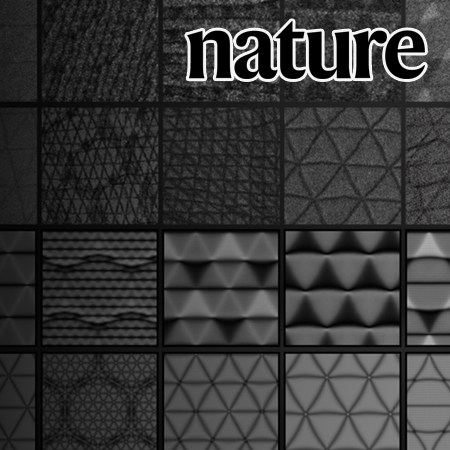
Professor Hyobin Yoo’s Research Team at SNU Develops 2D Quantum Material Platform Using Moiré Lattice Superposition
Prof. Hyobin Yoo
Seoul National University College of Engineering has announced that a joint research team led by Professor Hyobin Yoo from the Department of Materials Science and Engineering, in collaboration with Professor Young-Woo Son (Korea Institute for Advanced Study) and Professor Changwon Park (Ewha Womans University), has successfully developed a two-dimensional (2D) quantum material platform through the superposition of moiré lattices.
Research Highlights Board
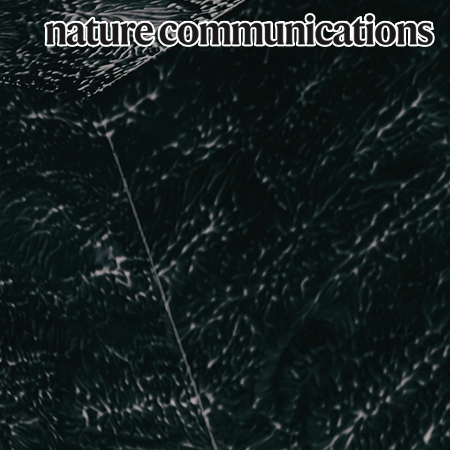
Slow oxidation of magnetite nanoparticles elucidates the limits of the Verwey transition
Prof. Je-Geun Park
Professor Jaegeun Park's research team in the Department of Physics & Astronomy succeeded for the first time in investigating the ongoing redox process of the nanoparticiple, magnetite(Fe3O4).
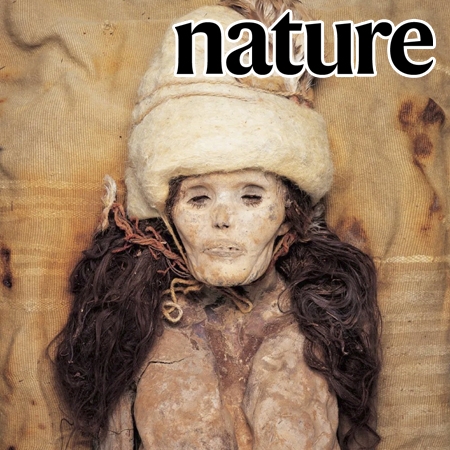
The surprising origins of the Tarim Basin mummies
Prof. Choongwon Jeong
Professor Choongwon Jeong’s research team in College of Biological Sciences collaborated with an international joint research team to study the genomes of the mummies found in the Tarim Basin of China. After comparing these genomes with the genome of neighboring regions’ mummies, they first discovered the fact that these mummies were pure natives, genetically independent from the immigrants from other regions.
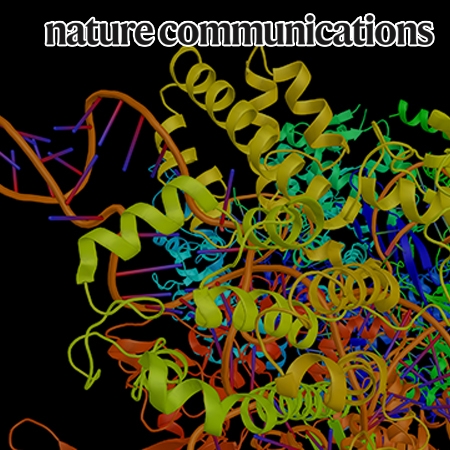
Photoactivatable ribonucleosides mark base-specific RNA-binding sites
Prof. Kim, Jong-Seo & Kim, V. Narry
The research team of Professor Kim , Jong-Seo and Professor Kim, V. Narry announced that they developed a mass spectrometry method that locates ‘RNA-binding cites’, where bonds with RNA in the proteins within human cells are formed, according to the types of RNA base.
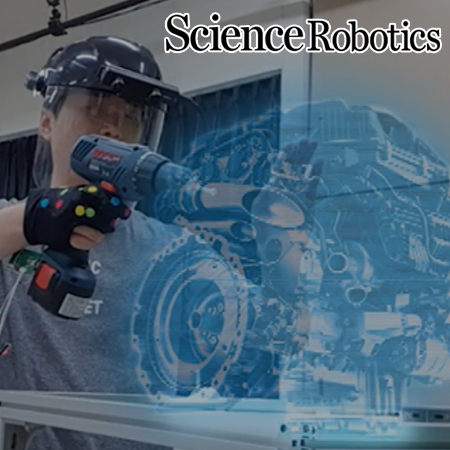
Visual-inertial hand motion tracking with robustness against occlusion, interference, and contact
Prof. Lee, Dongjun
The research team of Professor Lee, Dongjun announced that they developed VIST(visual-inertial skeleton tracking) technology which is a robust and accurate technology for tracking hand gestures.
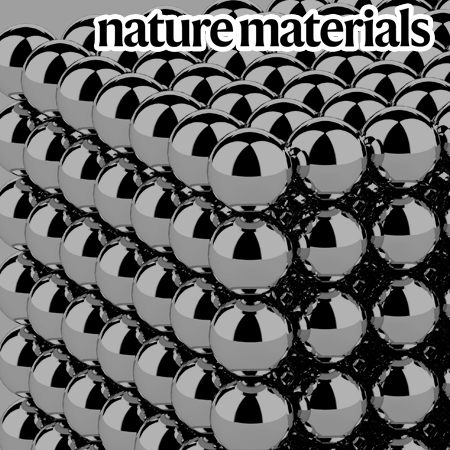
Sign-tunable anomalous Hall effect induced by two-dimensional symmetry-protected nodal structures in ferromagnetic perovskite thin films
Prof. Bohm-Jung Yang & Changyoung Kim
The research team of Professor Kim, Changyoung and Professor Yang, Bohm Jung of the department of Physics and Astronomy announced that they succeeded in discovering and controlling magnetic poles with different signs in two-dimensional ferromagnetic thin films.
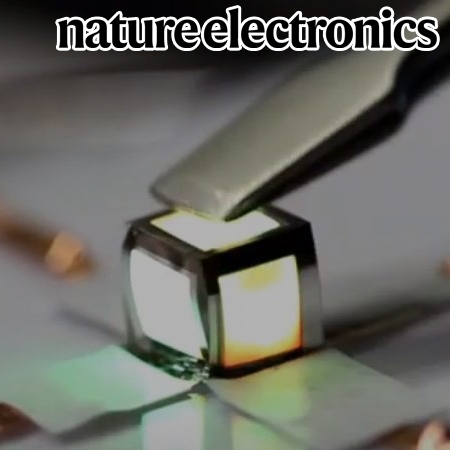
Three-dimensional foldable quantum dot light-emitting diodes
Joint research team of Prof. Taeghwan Hyeon and Prof. Dae-Hyeong Kim
The joint research team of Professor Dae-Hyeong Kim and Endowed Chair Professor Taeghwan Hyeon in the School of Chemical and Biological Engineering announced that they have succeeded in developing three dimensional foldable QLED (Quantum Dot Light-emitting Diodes) which can be freely folded like paper.

Graphene Oxide-Supported Microwell Grids for Preparing Cryo-EM Samples with Controlled Ice Thickness
Prof. Park, Jungwon, Prof. Roh, Soung-Hun
The joint research team of Professor Park, Jungwon and Professor Roh, Soung-Hun announced that they developed a graphene based device that is able to directly observe viruses and proteins through cryo-electron microscopy (cryo-EM).
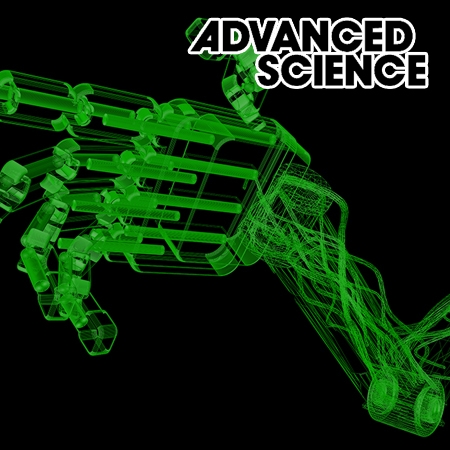
A reversible switching between octopus tentacle and articular structure
Prof. Ko, Seung Hwan
In this paper, a strategy that manipulates micro-water of hydrogel in reversible, selective, and on-demand manner is reported. It realizes instant switching between a transparent and homogeneously soft gel and an opaque and heterogeneously rigid solid with a monolithic mechanical gradient.
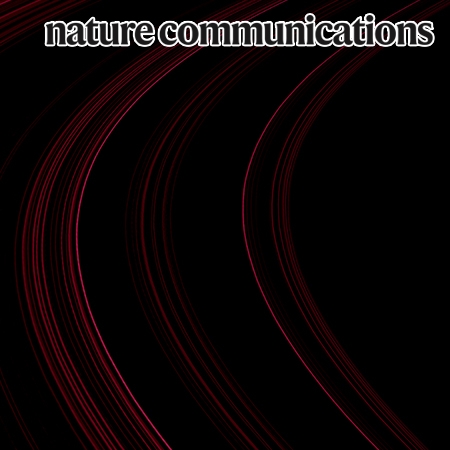
Relief of excited-state antiaromaticity enables the smallest red emitter
Prof. Dongwhan Lee
The research team of Professor Lee, Dongwhan of the department of Chemistry announced that they have invented the smallest red emitter ever known.
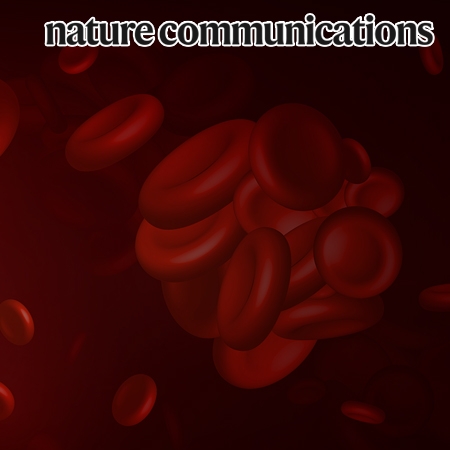
Dynamic tracking and identification of tissue-specific secretory proteins in the circulation of live mice
Prof. Rhee, Hyun-Woo, Prof. Kim, Jong-Seo
The joint research team of Professor Rhee, Hyun-Woo in the department of Chemistry and Professor Kim, Jong-Seo in the department of Biological Sciences announced that they discovered the technology for tracking and identifying tissue-specific secretory proteins.

NTRK- and RET-fusion-directed therapy in pediatric thyroid cancer yields a tumor response and radioiodine uptake
Prof. Jong-Il Kim
At the time of diagnosis, pediatric thyroid cancer(PTC) is more associated with lymph node and lung metastasis compared to adult thyroid cancer. As for the response to the radioiodine treatment after the surgery, however, PTC shows fairly satisfactory results.
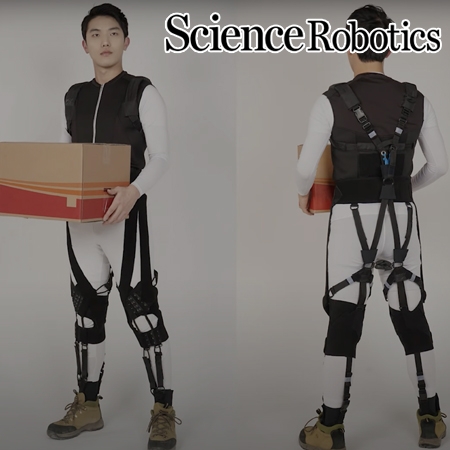
Body-powered variable impedance: An approach to augmenting humans with a passive device by reshaping lifting posture
Prof. Keewon Kim, Jooeun Ahn, Kyu-Jin Cho
Professor Kyu-Jin Cho, professor Jooeun Ahn, Keewon Kim conducted a cooprative study which succeeded in developing a non-electric exosuit with variable impedence that guides the wearer to a squat-lifting position which poses lower risk of injury.

